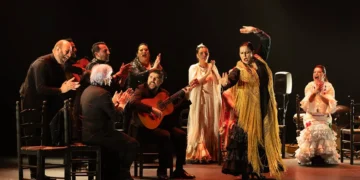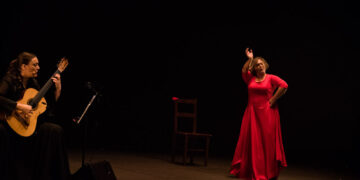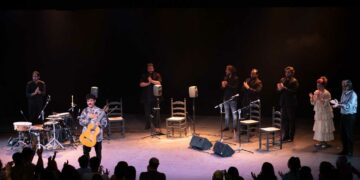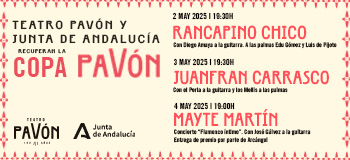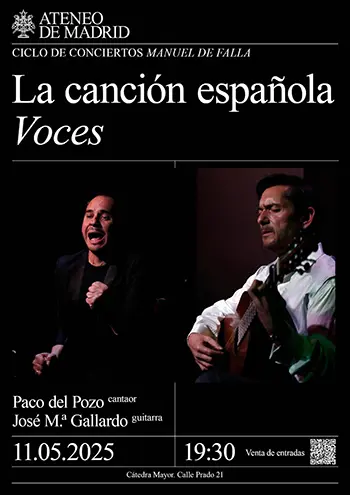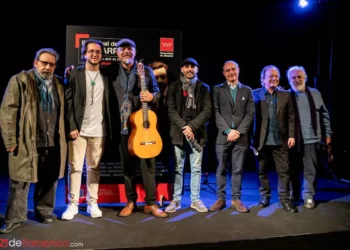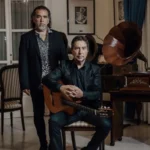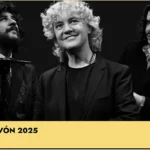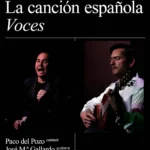|
Festival Flamenco de Nimes – 20 ans |
|
Dance: Pastora Galván. Guitar: Ramón Amador. Cante: David Lagos, José Valencia Text: Estela Zatania BLOCK PARTY IN TRIANA 2010 Nowadays, the surname “Galván” represents the first family of non-gypsy flamenco dance. It is an alternative evolutionary path that has been relatively little explored. If the patriarch José Galván summarizes the most classic flamenco of the twentieth century, and Israel continues to surprise with his daring experiments, Pastora Galván is the essential link that unites both extremes with absolute credibility.
Like her father and brother, Pastora possesses a high technical level that makes all the rest possible. She also has a fertile mind and a brave artistic persona. The bravery it takes to open the show dressed as a somewhat frumpy Triana housewife circa 1960, complete with knee socks, while she stands to one side keeping compás for José Valencia’s singing. It’s a look that could not be further removed from the glamour of a colorful bata de cola with matching shoes, and the dance offered is pure “patio de vecinos”, the funky style that did not come from Paris nor even reach stages in Spain. Galván eschews the conventional format of complete dances with a beginning, middle and end, one after another. More than dances, what she offers are more like declarations, bursts of inspiration, sometimes with little structure, that include familiar movements from traditional dance distilled and abstracted, giving them a completely new take. Pastora and Israel have taken flamenco dance out of the cabaret and put it, irreversibly, into the theater.
One verse of sevillanas on guitar without voice, danced not as sevillanas but as serious flamenco dance, is a kind of unifying thread which is repeated in different ways throughout the work. David Lagos’ excellent malagueña with abandolao preludes some relatively conventional alegrías cantiñas that Pastora dances with a shawl and red bata de cola in a style that pays tribute to the subtlety of the Matilde Coral Seville school of dance. Another bit of sevillanas and a levantica of Lagos prelude tangos that Pastora interprets, once again invoking the style of Triana elders. Then…suddenly…the show is over and everyone is bowing. It’s not a comfortable transition, and the effusive applause that should have been forthcoming for this admirable work, was nearly stifled. In fact, the only thing you could criticize is the occasional lack of coherence throughout the show, the insufficient lighting at some points and other purely theatrical shortcomings. Special mention for veteran guitarist Ramón Amador whom we’ve been seeing in a variety of presentations over the years without ever fully appreciating his considerable capacity. He anchors and supports this complex work with solid playing and good flamenco taste. Instead of the typical fiesta finale, brief snippets are offered, such as Pastora sitting, profile to the audience, singing bulerías for the bulerías dance of the two singers, then without music for the guitarist’s sevillanas dance, a little alboreá…sort of a step-by-step leave-taking. And you realize great things have yet to come from Pastora Galván, that this imperfect work is still only the beginning of the journey. More information: Others reviews Nîmes 2010: More information:
|









